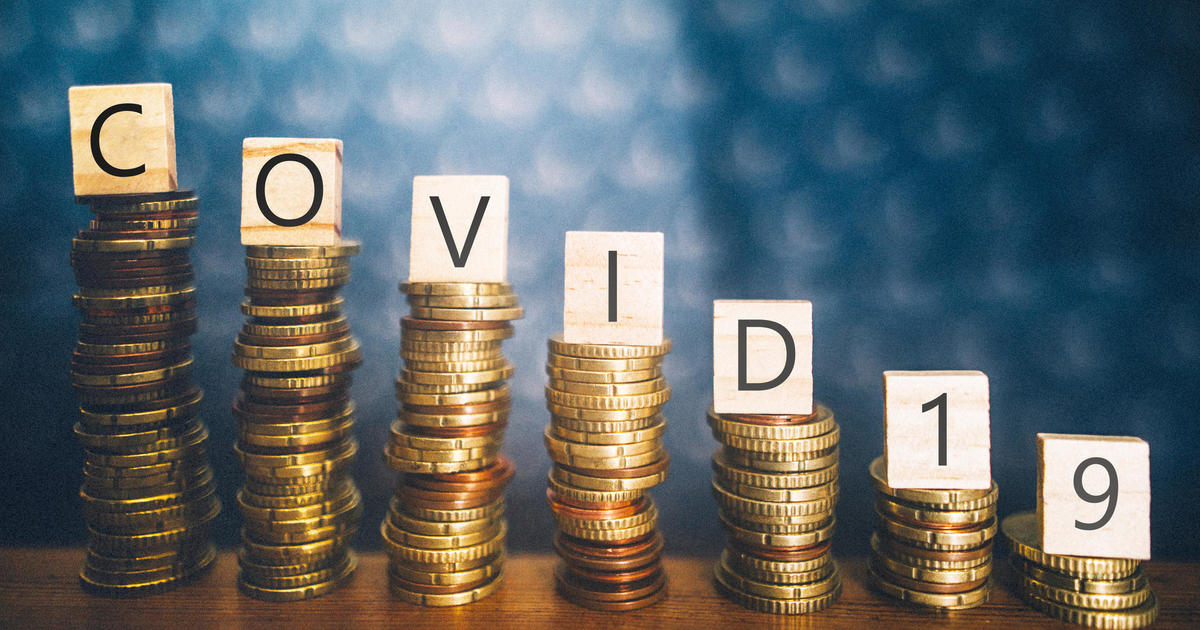The U.S. economy is losing steam as COVID-19 cases continue to spread across the country and Congress delays passing another coronavirus relief package to help millions of American workers and small business owners weather the storm. That is raising concerns about a potential contraction in economic growth early next year, which would mark the first “double dip” recession in the U.S. since the early 1980s.
JPMorgan Chase’s top economist, Michael Feroli, told clients last week the recent coronavirus surge and renewed restrictions to stop the spread would drive up layoffs and shrink economic activity in the first three months of 2021 by some $50 billion. That translates into an annualized drop in gross domestic product — the total value of products and services in the U.S. — of about 1%. It also would impede an ongoing recovery from pandemic lockdowns in the spring that rebounded rapidly between July and September with businesses reopening but which now appears to be slowing.
“If the virus weighs on activity and leads to business closures — temporary or otherwise — we think that related layoffs would show up,” Feroli said in the JPMorgan Chase report. “The resurgence of COVID-19 appears to have already weighed on [consumer] sentiment . . . and we think the virus could have increasingly negative effects.”
JPMorgan Chase, the largest bank in the U.S., isn’t alone in warning of a double dip. In recent weeks, the economic forecasting arms of two large credit-rating agencies, Moody’s and S&P Global, have both sounded the alarm.
Mark Zandi, chief economist of Moody’s Analytics, told CBS MoneyWatch he expects the economy to shrink at an annual rate of 1.5% — the equivalent of a $25 billion drop in national income per month — in the first quarter next year.
Biden to tackle economic woes amid COVID-19 s…
08:57
Despite such concerns, many economists do not expect the U.S. to tumble back into a recession. And of course, the Dow Jones Industrial Average topped 30,000 for the first time on Tuesday, a sign of investor optimism that can add wind in the sails of the broader economy.
On average, forecasters expect the U.S. economy to grow at a rate of 3.3% at the start of next year, according to a recent survey by the Wall Street Journal. But it’s not clear how much of those estimates are based on the assumption that the U.S. will pass a large stimulus bill before the end of the year to help support struggling workers and businesses.
That’s what Wall Street has been generally expecting for some time. But Republicans and Democrats have not been able to strike a bargain on how large the stimulus should be. Many now think more stimulus isn’t likely until after Mr. Biden’s term starts January 20. And even then it could take some time. Moody’s Zandi pegs February as the most likely month for additional stimulus aid from Washington.
In the meantime, there have been recent signs that the economic situation is worsening. On Wednesday, the government reported that the number of Americans applying for jobless aid, which had been falling recently, rose again for the second week in a row. Consumer spending in October came in weaker than expected. Things will get worse as coronavirus cases grow and as unemployment benefits for millions of Americans runs out.
Officials struggle to contain COVID’s spread
03:28
“The data show more loss of consumer spending momentum than we had been anticipating, and this happened even before the spread of COVID-19 intensified early in November,” JPMorgan Chase’s Feroli wrote.
On Tuesday, Michelle Meyer, a top U.S. economist from Bank of America predicted a rocky start to the new year. “We see a stalling out of the economy next year,” Meyer told journalists during the bank’s annual outlook for the economy.
Bank of America economists expect COVID cases in the U.S. to continue to rise — and “containment measures” to increase.
“We’re not out of the woods yet,” BofA’s top global economist, Ethan Harris. wrote in his 2021 outlook. “We are still very much in the rising part of the COVID curve and it will take a number of weeks to gauge the damage to public health and the economy.”
